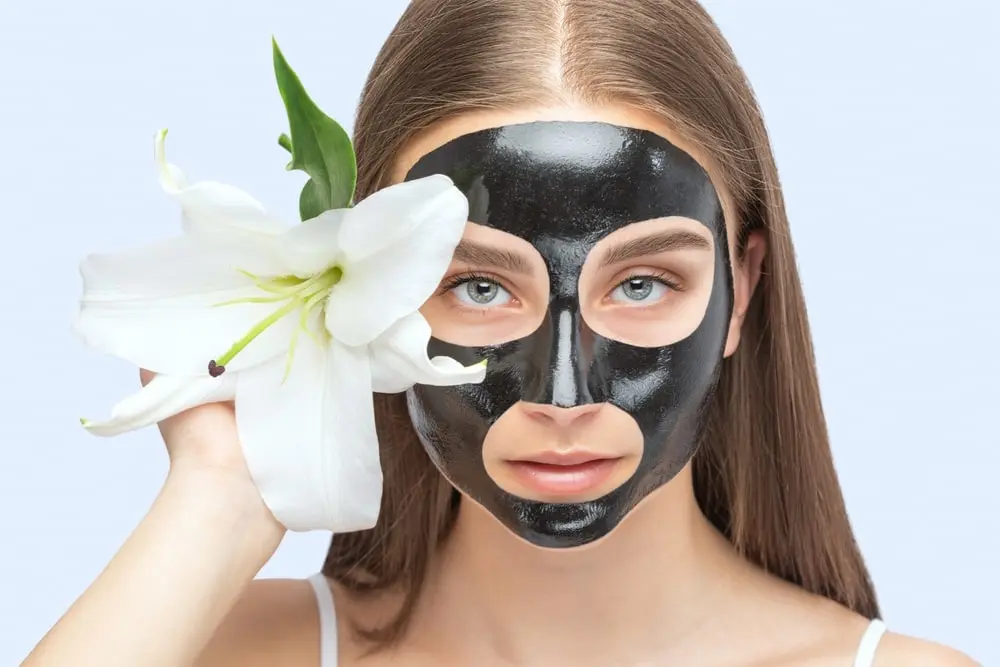Overview
Vitiligo is a stable condition where pale white patches develop on the skin. The lack of melanin and pigment in the skin causes it.
Vitiligo can affect any skin area, but it generally happens on the face, neck and hands and in skin creases.
The pale areas of the skin are more vulnerable to sunburn, so it's essential to take additional care when in the sun and use sunscreen with a high sun protector factor (SPF).
At The Velvet Skin Centre, Indira Nagar, Dr. Asma offers advanced solutions for vitiligo treatment in Lucknow. This skin condition causes white patches due to loss of pigmentation, often affecting confidence. Using targeted therapies like phototherapy, excimer laser, and medical management, we restore pigmentation safely. With specialized expertise, patients achieve visible improvement, better skin tone, and renewed self-assurance.
Causes:
Lack of pigment in your skin (melanin) generates Vitiligo. The cause of why this occurs is anonymous. Research points Vitiligo could be the result of the following:
- An autoimmune condition: Your immune system mistakes fit cells (melanocytes) as foreign invaders like a virus that can cause harm to your body. It makes your immune system overreact and develop antibodies to destroy your melanocytes.
- Genetic changes: A genetic can cause mutation or changes in your body's DNA that can affect your melanocyte's function. There are over thirty genes that can expand your risk of developing Vitiligo.
- Stress: The amount of pigment your melanocyte cells create may vary if you experience systematic emotional stress or physical stress on your body, especially after an injury.
- Environmental triggers: Factors like ultraviolet radiation and toxic chemical exposure can affect your melanocyte cells' function.
Risk of Vitiligo
Experimenters now understand that Vitiligo is an autoimmune condition in which the body eliminates parts of itself. "It happens when a part of the resistant system starts to strike and kill the pigment compartments — melanocytes — in the skin, resulting in the impression of white patches," says Dr Asma, MBBS, a dermatologist in private practice in Lucknow, India. Melanocytes are cells which is responsible for producing melanin, the stain that shows skin, hair, and eyes their colour, per MedlinePlus.
Why might the body's resistant cells attack healthy skin first? According to the American Academy of Dermatology, that question is still not completely settled among experimenters. But it appears likely that genetics and environmental triggers both play a role.
These factors are known to increase the risk for Vitiligo:
- Family History and Genes About 20 per cent of people with Vitiligo include at least one close family involved in this skin disorder. Experimenters have found that having a certain genetic profile assembles people more sensitive to developing Vitiligo. According to MedlinePlus, variations in over 30 genes were identified and associated with Vitiligo, including NLRP1 and PTPN22. These and other genes directly connected with Vitiligo are understood to be involved with immune-system restriction and rash.
- Environmental Triggers Vitiligo appears to be the effect of a preexisting inborn makeup and something setting off an autoimmune response that kills melanocytes. Potential stimuli have sunburn, orientation to certain chemicals, and concussion or injury to the skin, according to the essay in F1000 Research. These motivations can also nudge Vitiligo to spread in individuals with the condition.
- A Current Autoimmune Disease People with an autoimmune disorder, such as psoriasis, systemic lupus erythematosus, Hashimoto's disease, or alopecia areata, are at advanced risk of inventing Vitiligo, notes the American Academy of Dermatology. Several genes associated with Vitiligo are linked with other autoimmune situations, such as rheumatoid arthritis, type 1 diabetes, and thyroid disorder, according to NIAMS. Fifteen to 25 per cent of people with Vitiligo have another autoimmune disease, notes MedlinePlus.
Symptoms of Vitiligo
- Patches of the skin or mucous membranes that lose colour. These can appear white or more delicate than your natural skin tone.
- Patches of hair on your body turn silverware, grey or white.
Symptoms can be mild and only problems in a small area of your body or severe or large skin size. Some somebody with a Vitiligo background has itchy skin before depigmentation starts.
Where will I have symptoms of Vitiligo?
Symptoms of Vitiligo can occur anywhere on the skin of your body. The most typical places to keep symptoms of Vitiligo include you:
- Hands
- Feet
- Arms
- Face
- Face
- Mucous membranes (inside of your mouth, lips and nose).
- Genitals
Treatment
When treating Vitiligo, board-certified dermatologists create a treatment plan with these goals in mind:
Restore lost skin colour
Control the patches and spots from reaching more major and further spots from occurring
There is no one best treatment for Vitiligo. Before creating a treatment plan, a dermatologist considers what is best for per patient. To do this, your dermatologist thinks about your age, overall health, and the disease's effects on your life. The type of Vitiligo, where it occurs on the body, and its progress also play important roles.
The medication you apply to your skin to restore skin colour
Several prescription medications you apply to your skin treat Vitiligo. You apply these at home.
One of these drugs is a prescription corticosteroid. This medicine works best for people who recently developed Vitiligo.
Due to possible side effects, dermatologists prescribe a corticosteroid for a short period. This medicine is often effective for children and adults when utilised short term.
Tacrolimus or pimecrolimus cream is another possibility for children and adults. One benefit of these medications is that they are utilised longer than corticosteroids. These work best to treat the skin on the head or neck.
Another drug that may repair lost pigment is calcipotriene. While not useful when utilised alone, it can be effective with a corticosteroid. Applying these medications as directed can increase the re-pigmentation you visit and shorten the period to get results. Dermatologists define calcipotriene for children and adults.
Light therapy to restore lost skin colour
Light therapy exposes your skin to ultraviolet (UV) light that can restore natural skin colour. If a big area of your body needs medicine, your dermatologist may define phototherapy treatment.
During phototherapy, you expose your skin to UV light for a specific time. A dermatologist estimates the right quantity of time per patient. The UV rays come from a softbox, which you stand in.
Your dermatologist may prescribe laser therapy if you need treatment targeted at a certain body part. A laser can target a small section of skin, so there's less effect on skin that doesn't need treatment.
Light therapy is most effective at restoring colour to the face and neck. The lips, tips of the fingers, and toes are least responsive to treatment with light therapy.
If light therapy is an option, you will need several treatments.
Light therapy works slowly. To return colour to your skin more quickly, your dermatologist may prescribe light therapy and the treatment you apply to your skin.
The medication you take to Slow down the development of new spots and patches, restore skin colour
Vitiligo tends to spread slowly. Occasionally, it spreads quickly. If you're seeing new patches and spots on your skin frequently, your dermatologist may prescribe prednisone. It is a powerful medication that can help slow down the disease. It comes in pill form. You take prednisone for one to two weeks.
Permanent Makeup (Micropigmentation) for Vitiligo to hide vitiligo spots.
Vitilio Camouflage Permanent Makeup is a beneficial vitiligo cure. Results are immediate and last up to 3 years without passing off. The semi-permanent cosmetic pigment camouflages the white patches of skin, so they mix directly in with your normal skin tone.
This treatment can be performed on the face, hands, or nearly anywhere. It looks like a professionally applied makeup concealer but does not smudge or wash off. It is the following best thing to treatment for Vitiligo.
Cosmetic Camouflage, or Camouflage Tattooing, can help heal the skin's appearance and your spirit or self-image. The practice medical physicians often refer to as micro-pigmentation or permanent tattooing, more generally known as permanent makeup, has become a viable alternative for quickly and easily helping patients in the building aspect of their recovery and recovery. There's growing understanding and consensus among medical medics concerning this cosmetic solution they can suggest with enthusiasm and proven results for patients.
Have Realistic Expectations with Cosmetic Camouflage:
Hands
A Vitiligo mask can begin once you've lived and been cleared for it by your dermatologist.
If you do need cosmetic camouflage, it's crucial that you reach a positive result following this method. Cosmetic camouflage can often function quite well, but you must understand that this procedure does not guarantee you will completely and instantly remove all visible signs of the previous skin condition. You must have realistic expectations.
We have done thousands of successful permanent makeup procedures since 2014. We will not just tell you everything you want to hear to make you our patient. We will give you our expert opinion. We will also encourage you to seek other opinions after our consultation if you need more time.
In most cases, after a couple of applications, you will see significant improvement in the appearance of the area


